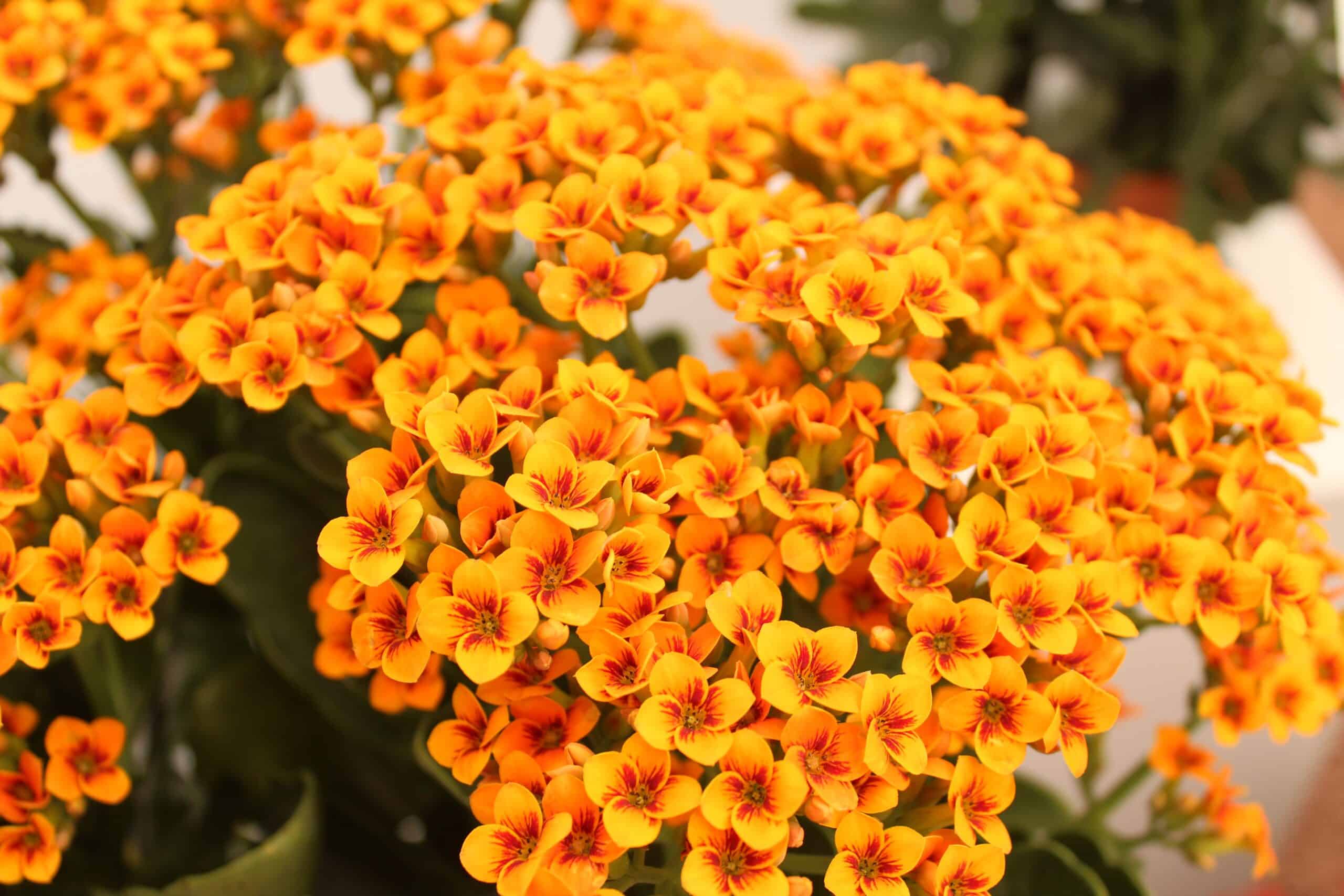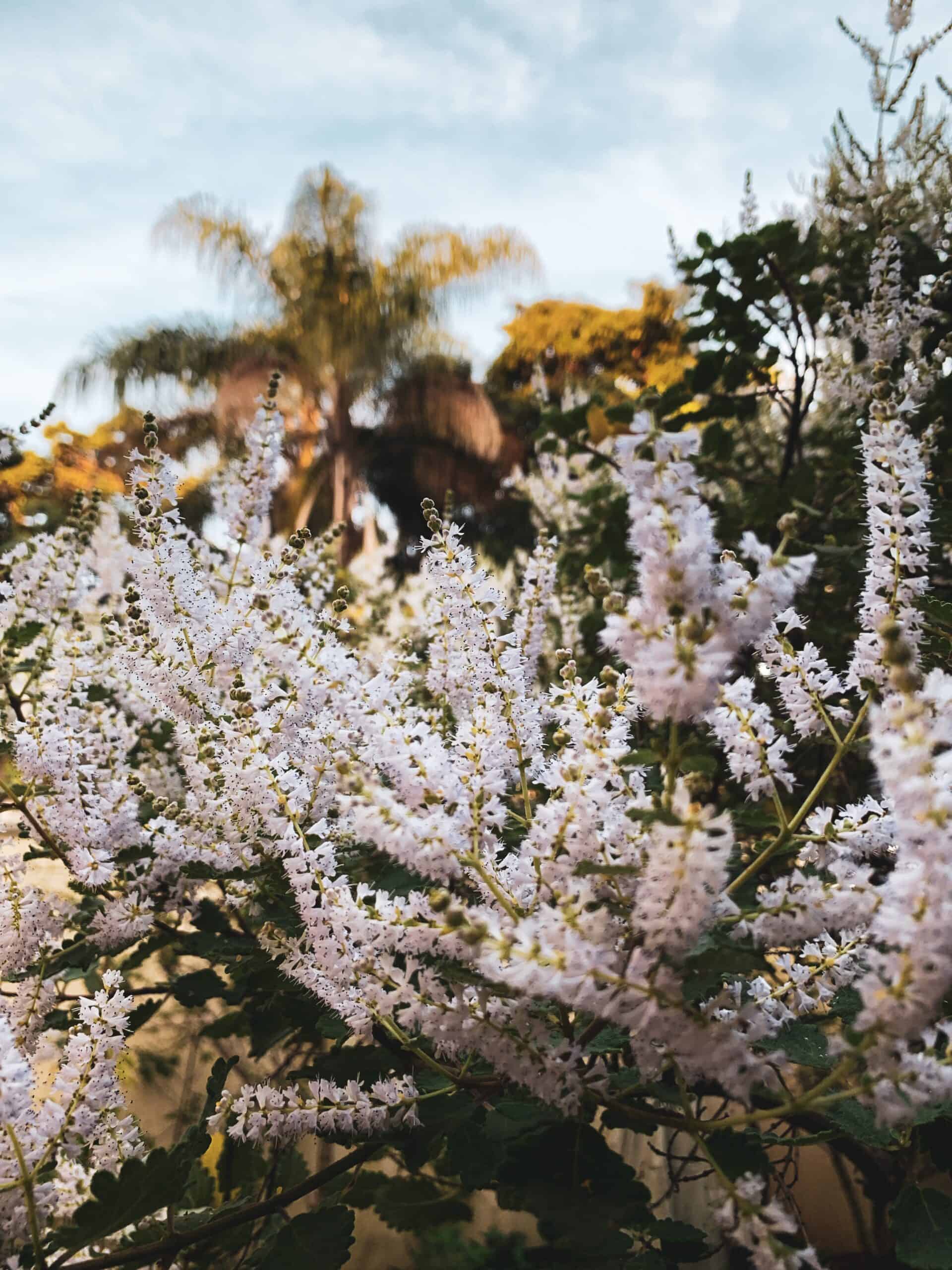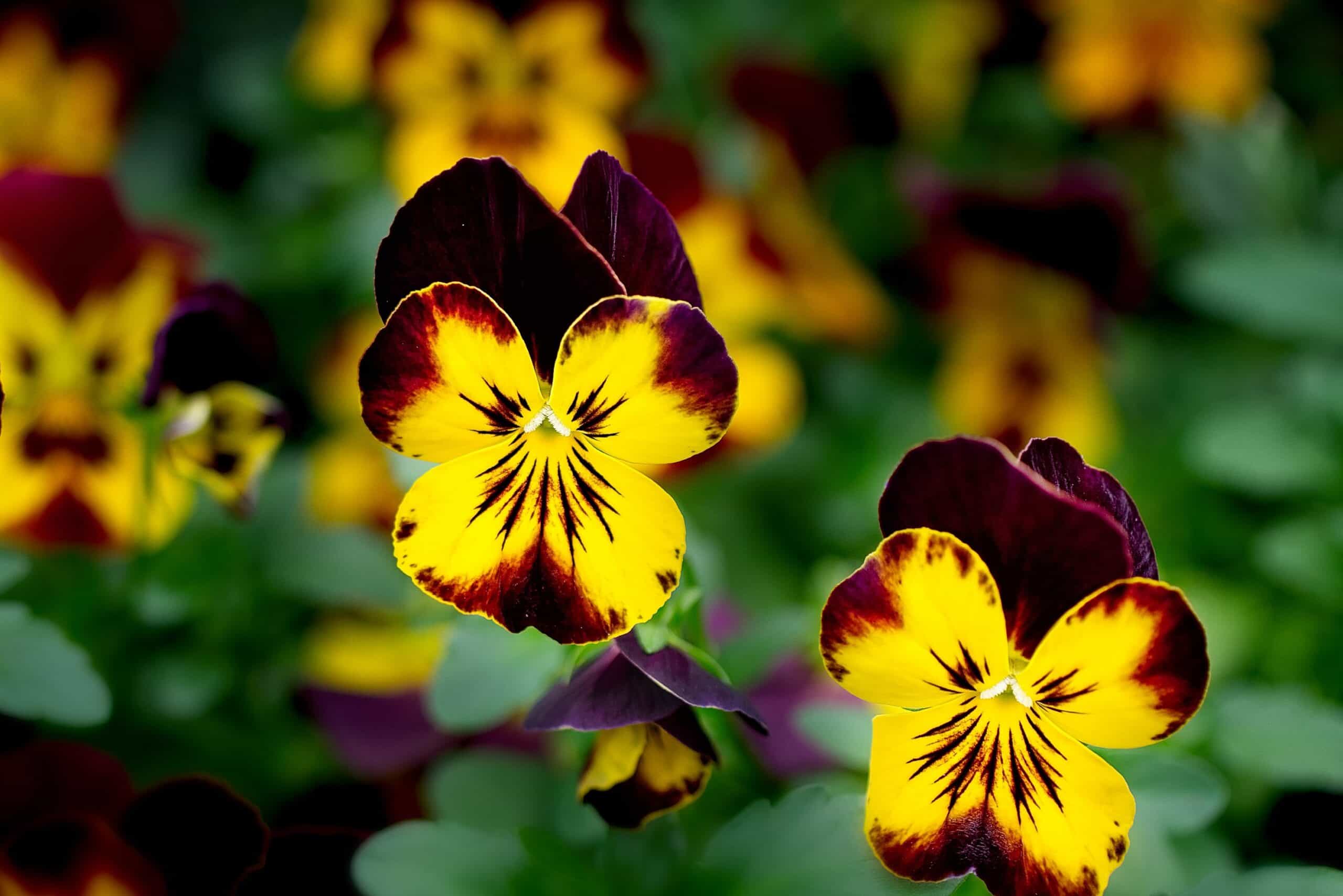The Bible mentions several flowers, some of which are symbolic and hold special meaning. Here is a list of the top 10 flowers in the Bible, along with a brief description of each.
Top 10 Flowers in the Bible
Scarlet
Scarlet, a bright red dye, is mentioned several times in the Bible. In the Old Testament, scarlet is used as a symbol of sin and guilt. For example, in Isaiah 1:18, the prophet says, “Though your sins are like scarlet, they shall be as white as snow.” In the New Testament, scarlet is also mentioned as a symbol of luxury and extravagance. For example, in Matthew 27:28, the soldiers mock Jesus by putting a scarlet robe on him and calling him the “King of the Jews.”

Crimson
Crimson is another bright red dye mentioned in the Bible. In the Old Testament, crimson is often used as a symbol of sin and guilt, just like scarlet. For example, in Isaiah 1:18, the prophet says, “Though your sins are like crimson, they shall be as white as wool.” In the New Testament, crimson is also a symbol of luxury and extravagance, just like scarlet.

Red roses
Red roses are mentioned in the Bible as a symbol of love and passion. In the Song of Solomon 2:1, the lover says, “I am a rose of Sharon, a lily of the valleys.” The “rose of Sharon” is often interpreted as a symbol of Christ’s love for his people, while the “lily of the valleys” symbolizes purity and innocence.
Pomegranates
Pomegranates are mentioned in the Bible as a symbol of fertility and abundance. In the Old Testament, pomegranates are often depicted as decorations on the clothing and furnishings of the Tabernacle and the Temple. In the New Testament, pomegranates are mentioned as a symbol of the Fruit of the Spirit: love, joy, peace, patience, kindness, goodness, faithfulness, gentleness, and self-control (Galatians 5:22-23).
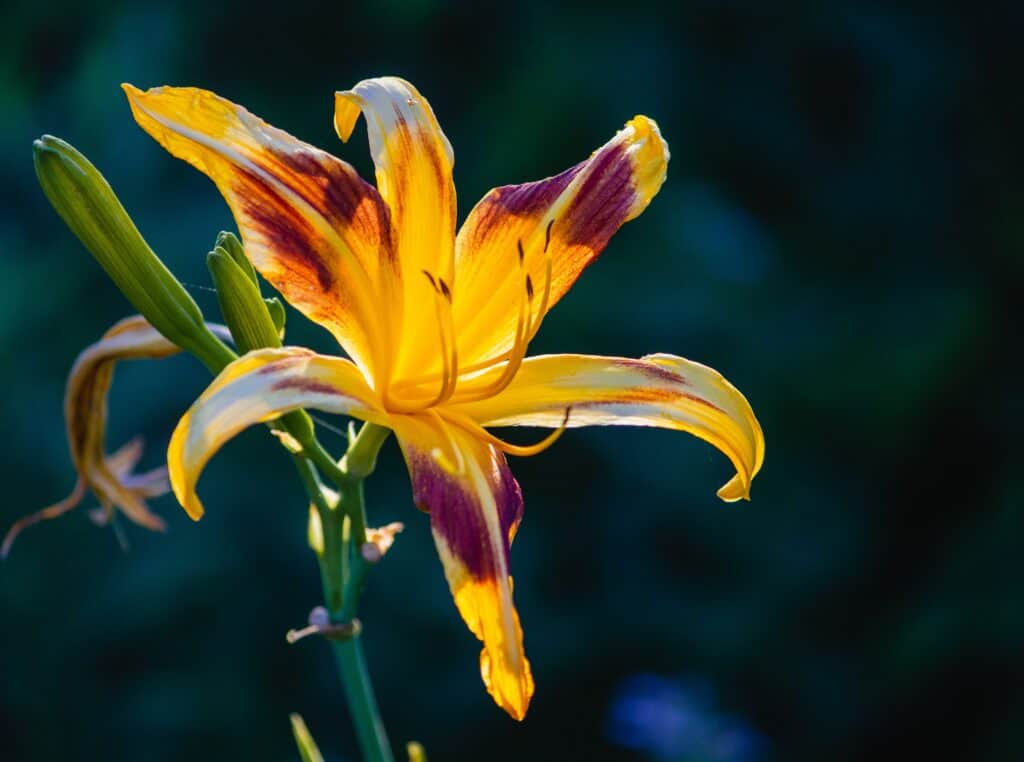
Lilies
Lilies are mentioned in the Bible as a symbol of purity and innocence. In the Old Testament, lilies are often depicted as decorations on the clothing and furnishings of the Tabernacle and the Temple. In the New Testament, lilies are mentioned as a symbol of the resurrected Christ (Luke 12:27).
Almond blossoms
Almond blossoms are mentioned in the Bible as a symbol of divine promise and protection. In the Old Testament, the almond tree is the first tree to blossom in the spring, symbolizing the renewal of God’s promise to protect and care for his people (Jeremiah 1:11-12).
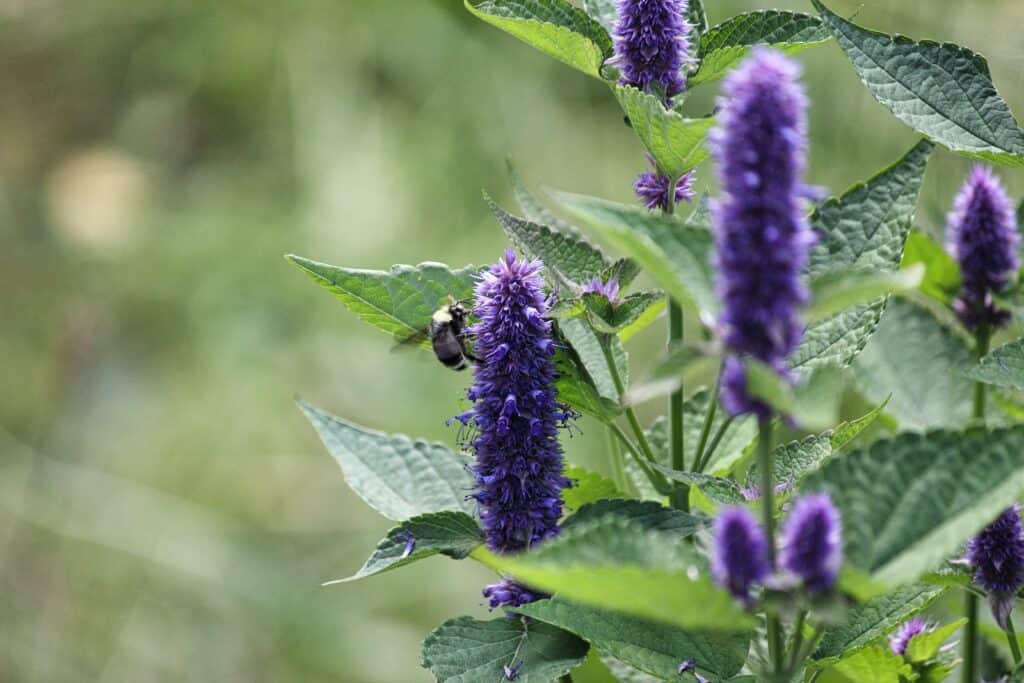
Hyssop
Hyssop is a plant with small, purple-red flowers mentioned in the Bible as a symbol of cleansing and purification. In the Old Testament, hyssop is used to sprinkle the blood of a sacrifice on the altar, symbolizing the cleansing of sin (Leviticus 14:6). In the New Testament, hyssop is mentioned as a symbol of Jesus’ sacrificial death on the cross, which cleanses us from sin (John 19:29).
Anemones
Anemones are small, delicate flowers with red or purple petals that are mentioned in the Bible as a symbol of the fleeting nature of life. In the Old Testament, anemones are mentioned as a symbol of the fleeting nature of human beauty and prosperity (Job 14:2). In the New Testament, anemones symbolize the transient nature of life and the hope of eternal life (1 Corinthians 15:52).

Pansies
Pansies are small, colorful flowers with red, purple, or yellow petals mentioned in the Bible as a symbol of love and affection. In the Old Testament, pansies symbolize the love and affection between a husband and wife (Song of Solomon 2:1). In the New Testament, pansies are mentioned as a symbol of the love and affection between God and his people (Romans 8:35).
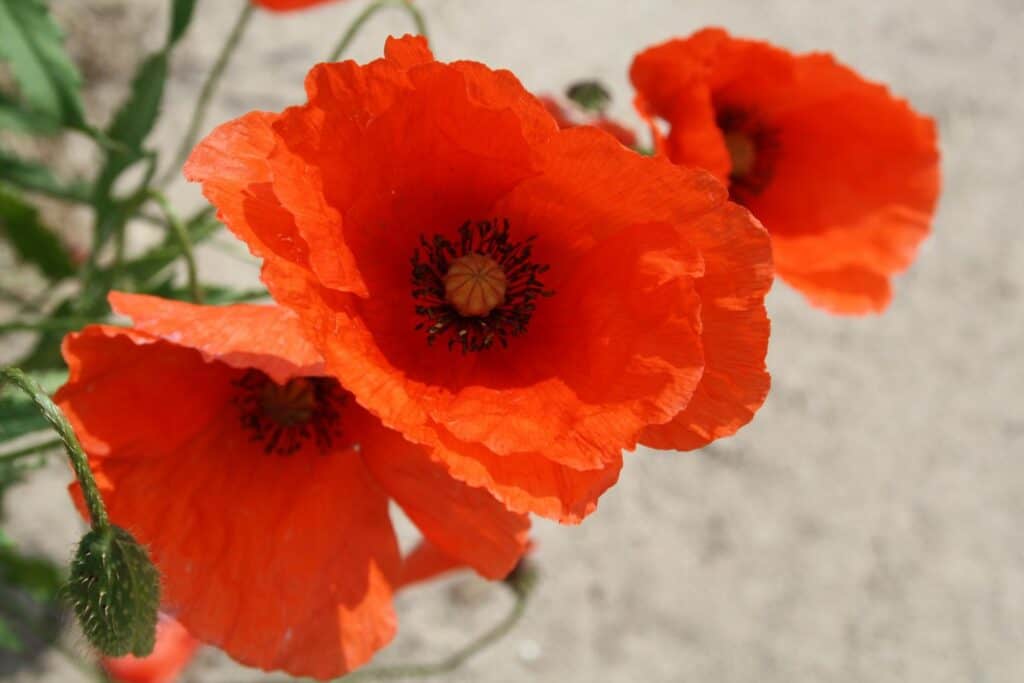
Poppies
Poppies are colorful flowers with red, orange, or pink petals mentioned in the Bible as a symbol of sleep and death. In the Old Testament, poppies are mentioned as a symbol of the sleep of death (Job 14:13). In the New Testament, poppies are mentioned as a symbol of the sleep of death that precedes the resurrection of the dead (1 Corinthians 15:51-54).
The Bible mentions several flowers with special meaning and symbolism. Scarlet and crimson represent sin and guilt, while red roses and pomegranates represent love and abundance. Lilies represent purity and innocence, while almond blossoms represent divine promise and protection. Hyssop represents cleansing and purification, while anemones represent the fleeting nature of life. Pansies represent love and affection, while poppies represent sleep and death. These flowers serve as important symbols in the Bible, helping us better understand and appreciate the teachings and messages of the Bible.
What we love from Amazon this week
Buy these wonderful flowers directly from Amazon:


